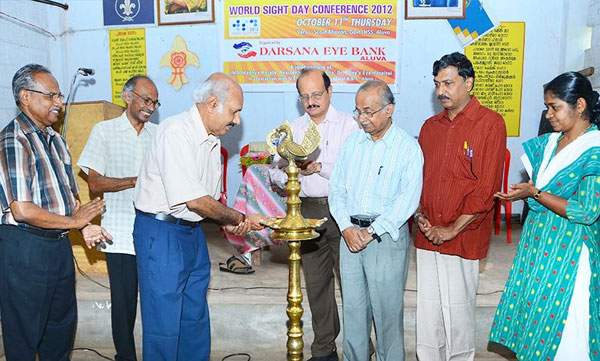Treatment for Keratoconus
There are various options to treat keratoconus, which includes:
- Spectacles/glasses
- Contact lenses
- Corneal implants & corneal transplants.

GLASSES:
In the initial stages of keratoconus, glasses are generally successful in treating and correcting the myopia and astigmatism, since the condition advances the cornea will becomes highly irregular & vision is no longer sufficient to correct with the help of glasses.
CONTACT LENSES:
Contact lenses are used to maintain the regular shape of cornea, yet in 5 – 10% of patients there will comes a stage when the contact lenses are no longer efficient and a corneal transplant need to be considered and performed.
Contact lenses won’t slow down the rate of progression of conical cornea, still they do give a good vision at that period which could not otherwise been achieved.
SURGERY:
Corneal transplants is having a very high successful rate following the transplantation, with 98.1% of transplanted corneas are surviving in the first year, & 97.5% are surviving beyond 4 years. Corneal transplant surgery generally takes about an hour & is done under a general or local anaesthetic. Fine instruments were used to remove the affected cornea and then replaced with a clear donor cornea. Fine nylon stitches are done to suture the graft into place. In the case of the endothelial keratoplasty, to attach the graft into place an air bubble is been used. Most of the patients can go home on the day of the surgery, but even though some patients may require an overnight stay.
A thorough examination with ophthalmologist will help to establish which treatment is suitable and best for your individual case.











 I am Nimitha, before Lasik, I am very difficult to see and difficult to handle contact lens and specs. After the lasik treatment I am very relaxed.
I am Nimitha, before Lasik, I am very difficult to see and difficult to handle contact lens and specs. After the lasik treatment I am very relaxed. 